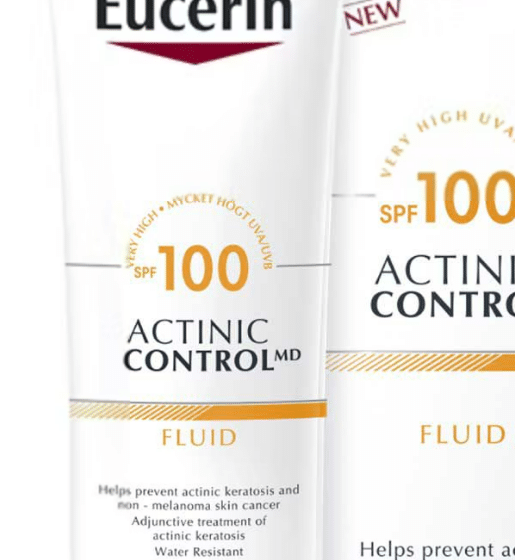
When it comes to UV exposure, many people are aware of the risks associated with spending time outdoors. However, few consider the potential exposure when sitting next to a window, whether at home or on an airplane. Let’s explore the differences in UVA and UVB radiation exposure in these two environments and how you can protect yourself.
UV Exposure at Home
Most of us spend a significant amount of time indoors, often sitting near windows. Standard home windows are designed to block a significant portion of UV radiation:
-
- UVB Radiation: Standard windows effectively block the majority of UVB radiation, which is responsible for sunburn.
-
- UVA Radiation: These windows also block a substantial portion of UVA radiation, which can cause deeper skin damage and aging.
Despite these protections, prolonged exposure near windows can still contribute to skin damage over time.
UV Exposure on Airplanes
When you’re flying at cruising altitudes (around 35,000 feet), UV exposure increases due to the thinner atmosphere, which provides less protection against the sun’s rays. Here’s how airplane windows compare:
-
- UVB Radiation: Aircraft windows block nearly all UVB radiation, similar to home windows.
-
- UVA Radiation: Aircraft windows allow a significant amount of UVA radiation to penetrate. Considering the increased intensity at high altitudes, this results in substantially higher exposure.
Summary of UVA and UVB Exposure Differences
-
- UVA Exposure: Sitting next to an aircraft window at high altitude results in a 400% increase in UVA exposure compared to sitting next to a similar-sized window at home.
-
- UVB Exposure: Sitting next to an aircraft window at high altitude results in a 66.67% decrease in UVB exposure compared to sitting next to a similar-sized window at home.
How We Calculated the Differences
To understand these percentage differences, let’s break it down in simple terms:
- UVA Exposure on a Plane:
- Aircraft windows block about 50% of UVA radiation. However, because the atmosphere is thinner at high altitudes, UVA exposure is approximately 2.5 times more intense. This means you get 50% of 250%, which equals 125% compared to being outside at sea level.
-

- Calculating the UVA Increase:
- At home: 25% exposure.
- On a plane: 125% exposure.
- Increase: (125% – 25%) / 25% = 400%.
- UVB Exposure at Home:
- Home windows block about 97% of UVB radiation. So, you get only 3% through your home window.
- UVB Exposure on a Plane:
- Aircraft windows block nearly all UVB radiation, allowing less than 1% to pass through.
- Calculating the UVB Decrease:
- At home: 3% exposure.
- On a plane: 1% exposure.
- Decrease: (3% – 1%) / 3% = 66.67%.
Protecting Yourself from UV Radiation
Whether you’re at home or on a plane, there are steps you can take to protect yourself from UV radiation:
- Use Sunscreen: Apply broad-spectrum sunscreen with a high SPF, especially on long flights.
- Wear Protective Clothing: Long sleeves, hats, and sunglasses can provide additional protection.
- Close Window Shades: On planes, lowering the window shade can reduce direct sunlight exposure.
- Tinted Windows: Consider using UV-protective films for home windows to further reduce exposure.
While sitting next to a window at home exposes you to some level of UV radiation, flying at high altitudes can significantly increase your exposure, particularly to UVA rays. Understanding these differences can help you take appropriate measures to protect your skin, whether you’re enjoying the view from your living room or cruising above the clouds.
- UVA Exposure on a Plane:
- Aircraft windows block about 50% of UVA radiation. However, because the atmosphere is thinner at high altitudes, UVA exposure is approximately 2.5 times more intense. This means you get 50% of 250%, which equals 125% compared to being outside at sea level.
-
